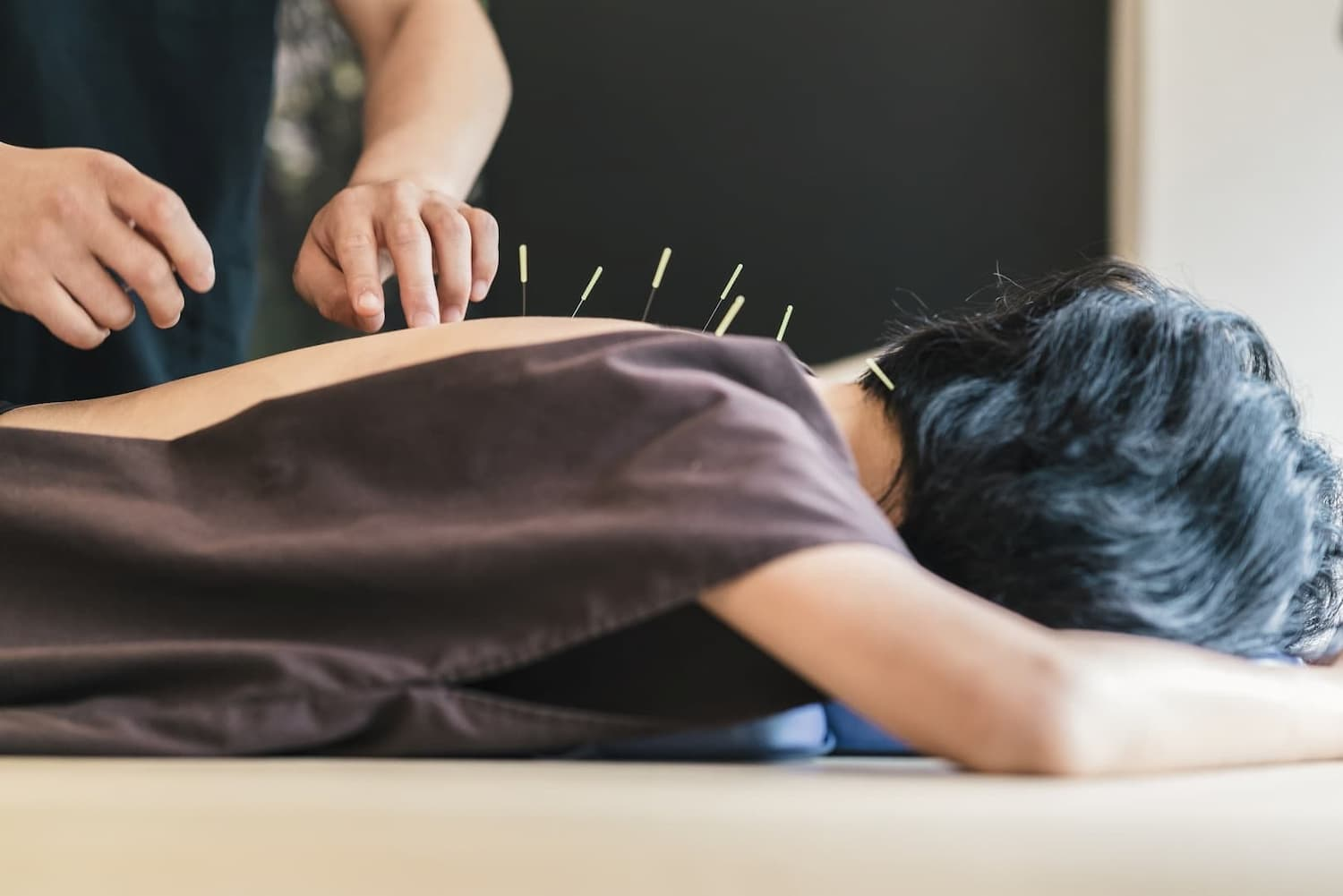Discover Your Perfect Healer Today!
Our online practitioner directory connects you with a wide range of healers to suit your unique needs.
Easily search and find the right professional to support your wellness journey.
Start exploring today to find your perfect match.
Modality
Disease
Books
Products
Events
Training
Blogs
Acupuncture
Navigating Discomfort: Understanding Pain and Care After Acupuncture
Acupuncture is an ancient traditional Chinese medical practice that entails sticking thin needles into specific body points in order to balance the flow of energy, ...
Read More → Written by
David Brown
Acupuncture
The Historical Roots of Acupuncture
Acupuncture is a procedure rooted in traditional Chinese medicine that is both interesting and useful. Since its inception as a traditional recovery art in China, ...
Read More → Written by
David Brown
Massage therapy
Massage Therapy Risks & Precautions: What You Need to Know
Massage has been considered an important therapy in holistic healthcare and natural cure systems since ages. No matter whether a massage is performed for simple ...
Read More → Written by
James Williams
Holistic Medicine
How to Choose the Right Holistic Medicine Practice?
Do you want to kick-start a healthier lifestyle but not sure where to begin? Don’t believe that health can only be achieved through modern medicine. ...
Read More → Written by
John Smith
Reiki Healers
Reiki Healing: A Comprehensive Overview and Its Benefits
Reiki is a kind of healing where one adapts the energy around them for the good of the body, mind, and emotions. The technique, emerging ...
Read More → Written by
John Smith
Functional Medicine
Functional Medicine vs. Regular Doctors: What’s the Difference
In healthcare, it is common for patients to experience different types of treatments or wellness programs. The two most significant ones are functional medicine and ...
Read More → Written by
David Brown






